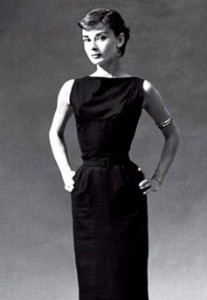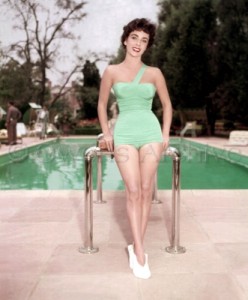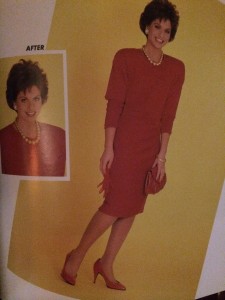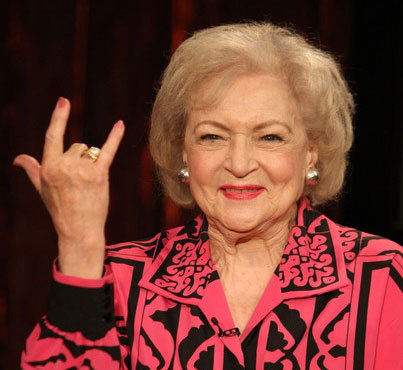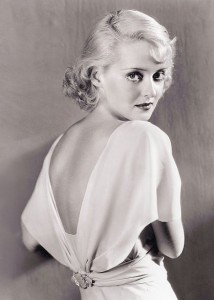Of course, I think most readers of this blog wouldn’t even consider the possibility.
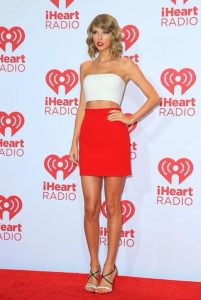
She is 5’10”, and we know that this height rules out either Gamine. Per my recent post, however, this is something that Merriam Style teachers in her Taylor Swift video, where she tries to make the case the 5’10” Taylor is a Gamine—and you can read my Kibbe FAQ to find out why this is nonsensical. Someone who is that tall is yang-dominant, not juxtaposition of yin and yang. (When I look at Taylor, I see length all over. Even if I didn’t know she was 5’10”, I don’t think my mind would go to Gamine anyway.)
Now, David doesn’t make a ton of very clear statements. But this is one thing he has been extremely clear about. Soft Gamine will not be over 5’5″, and Flamboyant Gamine can be a little taller, but not Taylor Swift tall, and if you understand his system of yin and yang, this makes total sense.
Unfortunately, every Kibbe Image ID seems to be subject to certain incorrect ideas about it. As a Flamboyant Gamine myself, the ones for Gamines are the ones that I feel most acutely. For us Gamines, one of these ideas that seems to pop up frequently in various ways is the idea that Gamines are somehow not distinct Image IDs that stand on their own with their own very particular yin/yang balances.
Traditionally, this has taken the form of the idea of Flamboyant Gamine being a “small D” or a “small FN,” which I have addressed before. But as I watched some Merriam Style videos after writing my last post, however, I realized that she has come up with an entirely new way of turning Gamines into Image IDs that are somehow lesser and not distinct yin/yang balances like the rest.
In this video (starts at around 1:55), she says that Gamines are basically “everything else”–a mixture that doesn’t fall into any category. If you feel like you don’t fit anywhere else, she explains, you may be a Gamine. She says they are very common (not true) and misunderstood (true, but not in the way she thinks, because she has misunderstood them).
In her answer in this video at around 9:08, however, it becomes clear why she believes that someone who is tall can be Gamine: she says she is a 5’7” Soft Gamine herself and her own confusion is partially why she made her channel in the first place. Yet as I mentioned above, David has been very clear about height for Soft Gamine. SG is nearly half yang, and if they are taller than 5’5”, that is too much yang for the “recipe” to be Soft Gamine. Of course someone who very strongly identified with a certain Image ID that is not available to them would want to make the system into one that allowed them into the Image ID they wanted to be. It happens all the time. (This is also why the idea of very yang TRs persists.) Resistance is incredibly powerful. If you want to be a taller SG very badly, it would make sense that you would try to find a way to justify it and say that 5’10” Taylor or a 6′ woman could be Gamine.
But really, my motivation here is to stop these incorrect ideas about Gamines in Kibbe’s work. Gamines are not:
I felt I had said what I needed to say on the subject of this YouTube channel in my last post, but the ideas being spread are so contradictory to what Gamines actually are. And as Gamines, we should be given the space to revel in what makes our Image IDs special, and given the chance to understand our special star quality. The constant undermining of the validity of FG and SG as Image IDs makes that hard for Gamines who do not know any better, and leads people who aren’t Gamines to think that they are and thus miss out on their own special qualities.
For months, I have been thinking about how to express the way I actually use Kibbe’s work in my life, because I say a lot about how it’s used incorrectly, but it is hard to explain how to actually use it correctly, since it is can be fairly abstract. I definitely understand that it can be hard to wrap your head around and it isn’t for everyone (which is why I have a post on which system is right for you), but I want people to understand when the system is being misrepresented to this extent. A 5’10” or 6′ woman would absolutely not be served by being told that she was any kind of Gamine. She would be served by an Image ID that celebrates what she is, and doesn’t put her into something that celebrates being shorter, among many other qualities.
And with that, I hope that my commentary/criticism is done. I realize that my past several posts have focused on this subject, and I hope to get back to more interesting content. But this blog has always been about what’s on my mind, and this is just what has been at the forefront of my style thoughts lately.
Edit: an earlier version of this post said that she thought Taylor was a Soft Gamine. She actually says she is a Gamine, which we know that David no longer uses. Style Syntax regrets the error, but the points made here still stand.
